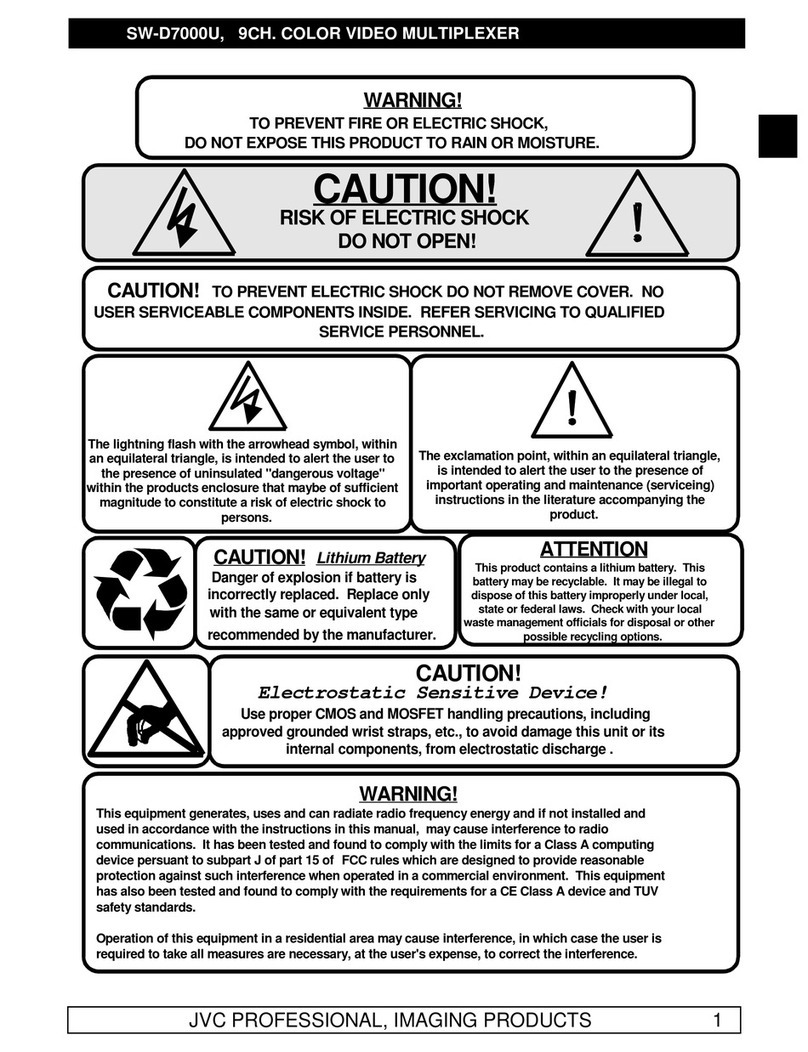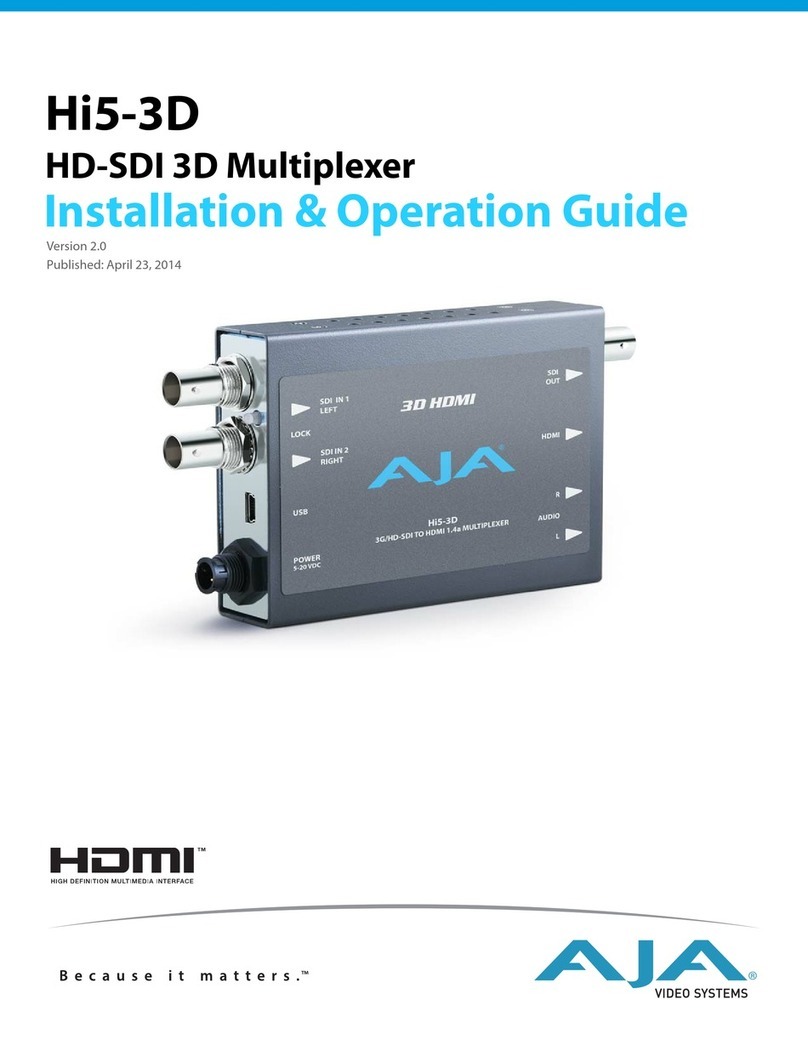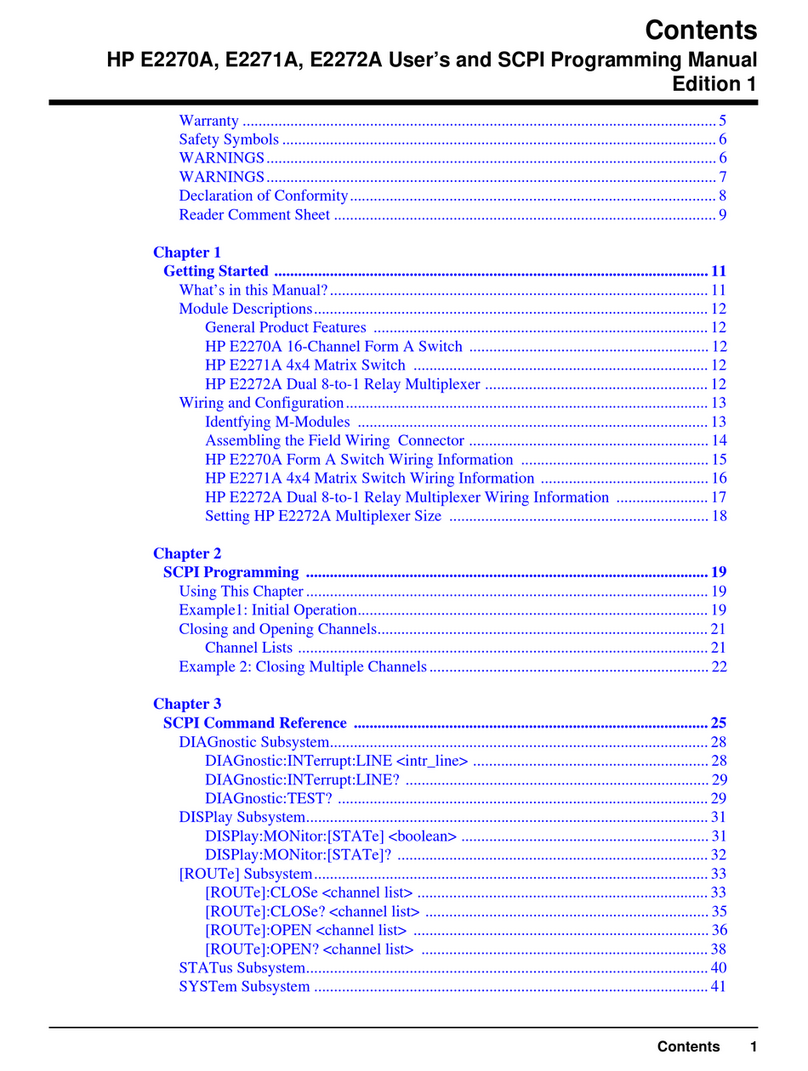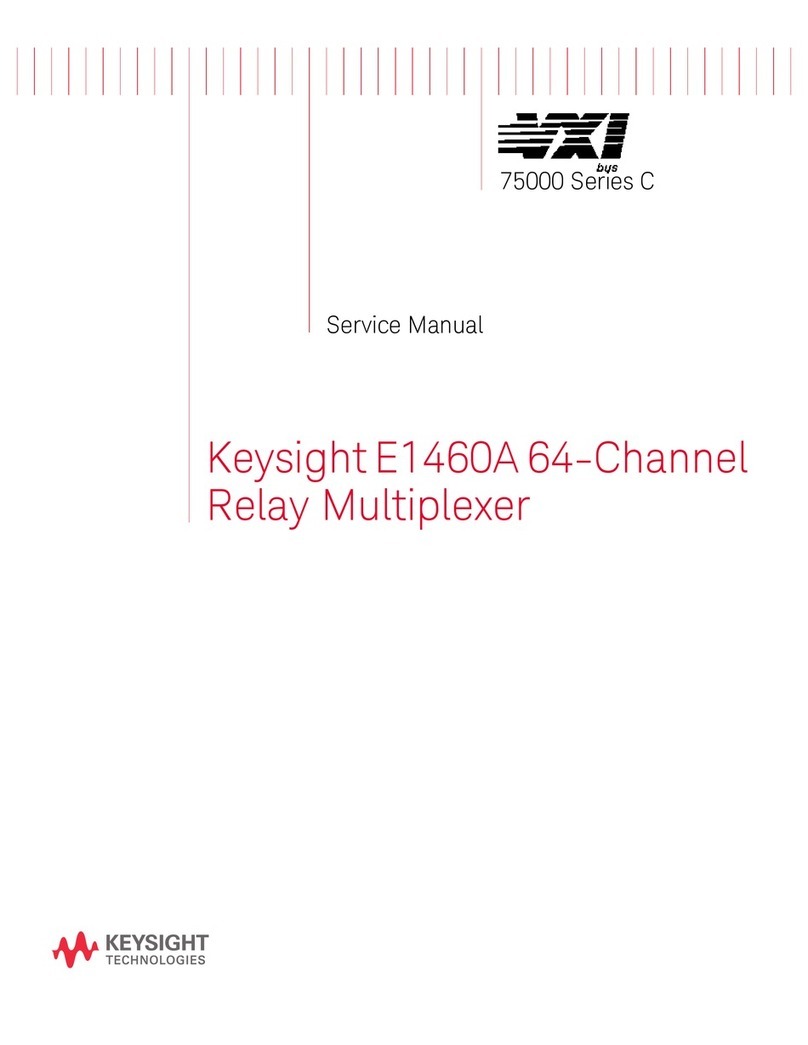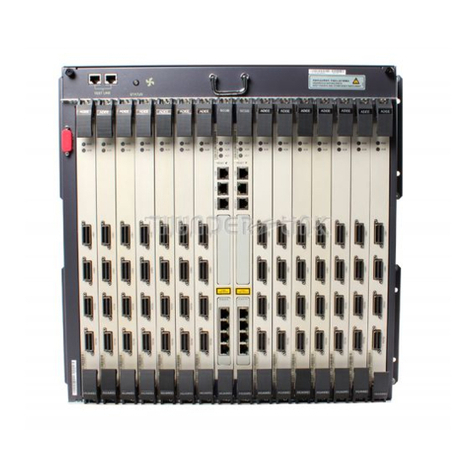Goldline MX4 User manual

OPERATOR'S MANUAL
Model MX4
Four Channel Microphone Multiplexer

2
A multiplexer is a device that allows a single channel Real Time Analyzer to average information from up
to four microphone positions in a single test. When this information is processed by an analyzer that has
“time averaging”, the resulting curve is called “spatially averaged”. Spatial averaging is recommended by
all of the major film cinema/home theater organizations, including LucasFilm, and Dolby Laboratories.
The advantage of multiplexing is that the resulting curve on the real time analyzer reflects the overall
response of the room across the entire seating area, rather than only the acoustics of a single point in the
room. The multiplexer itself is essentially a small 4x1 mixing board combined with a switching network
that automatically samples information from each of the microphones for a specified amount of time.
The MX4 can be used with all Gold Line 1/3 octave Real Time Analyzers and with most other popular
models. If using an analyzer other than a Gold Line, make sure that your RTA has a balanced XLR
microphone input. We do not recommend using the MX4 with older analyzers that do not have Time
Averaging. Minimum time average for the test should be 20 seconds, and for greatest accuracy we
recommend 60 seconds. If used on an RTA that does not have time averaging, slow mode should be used.
The MX4 allows the user to enable single channels or any combination of channels, allowing for
comparison of individual microphone locations versus the spatially averaged data from multiple
microphone tests.
Each of the four channels has a gain control to allow the user to match the input level from different
locations. The MX4 can be provided with three or four model TEF04 reference microphones. If you have a
DSP30, use your RTA microphone as the fourth microphone. Additional microphones are available from
Gold Line.
Recommended Test Procedures:
Before beginning the test you must match the sound pressure level for each of the microphones. This is
required because SPL decreases with distance, and typically measurements should provide an even sample
from each microphone. Accordingly, the microphones closest to the speaker are cut in level by the MX4 to
match the level of microphones that are further from the speakers. All microphones being used for the test
should be identical, and must be appropriate for the RTA being used.
1. Plug the battery eliminator supplied with the MX4 into the unit.
2. Plug up to four microphones into the rear panel of the MX4 via standard microphone cables. Place the
channel 1 microphone in the left rear of the seating area (furthest from the speaker being tested), at ear
level, pointing towards the ceiling, preferably in a microphone stand. Place the channel 2 microphone in the
right of the seating area. Place the channel 3 microphone in the left front of the seating area, and the
channel 4 microphone in the right front of the seating area. In larger areas, more than 6 seats, you may
wish to move all microphones in approximately ¼ of the length of the seating area.
3. Plug the output XLR cable on the front of the MX4 into the microphone input on your real time
analyzer.
4. The white on/off button for channel 1 should be set to the in/on position, and the white on/off buttons
for channels 2,3,4 should be set to the out/off position.
5. Turn the gain control for channel 1 of the MX4 to the straight up middle position on the control. In this
position the MX4 should not provide significant boost or cut.

3
6. Turn on a pink noise source such as Gold Line models PN2 or PN3A or a third party pink noise laser
disk. Adjust the volume level of the system to 80dB in flat weighting.
7. The reference level of your RTA should be approximately 64dB.
8. Turn off channel 1 and disengage the white mute button on channel 2. Adjust the gain control until you
read 80dB SPL in flat weighting on your RTA for that channel. Repeat for channels 3 and 4.
9. Enable all four channels (white buttons in the out positions), and utilize the time averaging mode on
your RTA. If you do not have time averaging, use slow mode. If you are using less than four microphones,
only enable the channels that are connected to a microphone. For best accuracy, remember to use time
averaged mode for measurements. If you do not have time averaging, slow mode can be used, but some
variation in the data will be seen as the MX4 switches between channels.
10. Take acoustical measurements as you would as if using a single microphone.
11. The test should be conducted with pink noise sent to one speaker at a time, and should be repeated for
all speakers.
12. If you have a multiplot function on your RTA, use it to track the difference between each of the
speakers, and to closely match the tonal characteristics of all full range speakers.
REMEMBER:
* Inputs and outputs on MX4 are at microphone level.
** The MX4 will supply phantom power.
*** Use time averaging on RTA
NOTES:

4
SPECIFICATIONS
Inputs:
Channels: 4
Max. level: 117dB SPL
Typical input impedance: 1.2kΩ
Noise floor: 35dB SPL
CMRR:
60Hz - 1kHz: 70 dB
20Hz - 20kHz: 65 dB
Phantom power supplied: each mic input, 12Vdc, 1.2kΩx 2
Connectors: XLR, 3 pin jack, 1 Shield, 2+, 3-
Outputs:
Channels: 1
Type: Active Balanced
Maximum Level: +10dBu
Output Impedance: 180Ω
Connectors: XLR, 3 pin plug, 1 Shield, 2+, 3-
Maximum Gain, mic input: 7dB
Adjustment range per channel: ±7dB
Frequency Response: 20Hz - 20kHz ±1dB
Noise, 20Hz to 20kHz, Typical:
Output noise all inputs off -85dBu
CROSSTALK, Typical:
Adjacent inputs/outputs, 1kHz -88dB
MICROPHONES: (when supplied) Gold Line TEF04 omnidirectional electret condenser,
require 12Vdc phantom
Power Supply: 12Vdc @ 500mA UL approved battery eliminator.
WARRANTY and Factory Service
GOLD LINE products are proudly made in the USA and are covered by a one year limited warranty. For details of this
warranty, consult the enclosed warranty registration card or your local dealer.
GOLD LINE Customer Service will help you get the most from your new multiplexer. For answers to questions regarding use
of the unit, or for information not covered in this manual, please write us. If you are experiencing difficulties with your
multiplexer, please consult your dealer regarding factory service. If factory service is needed, you may call or fax us between
9:00am and 4:30pm US Eastern Time for instructions and a return authorization.
Enter your serial#_______________date of purchase_______________
10-728 m_mx4_7f28.doc
Box 500 West Redding, CT. 06896 203-938-2588 phone - 203-938-8740 fax
http://www.gold-line.com Email - [email protected]
Table of contents
Popular Multiplexer manuals by other brands

National Instruments
National Instruments AMUX-64T user manual

GE Security
GE Security DVMRe Pro user manual
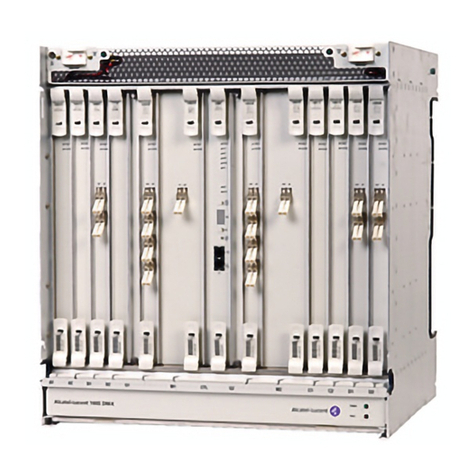
Alcatel-Lucent
Alcatel-Lucent Data Multiplexer Explore 1665 installation manual
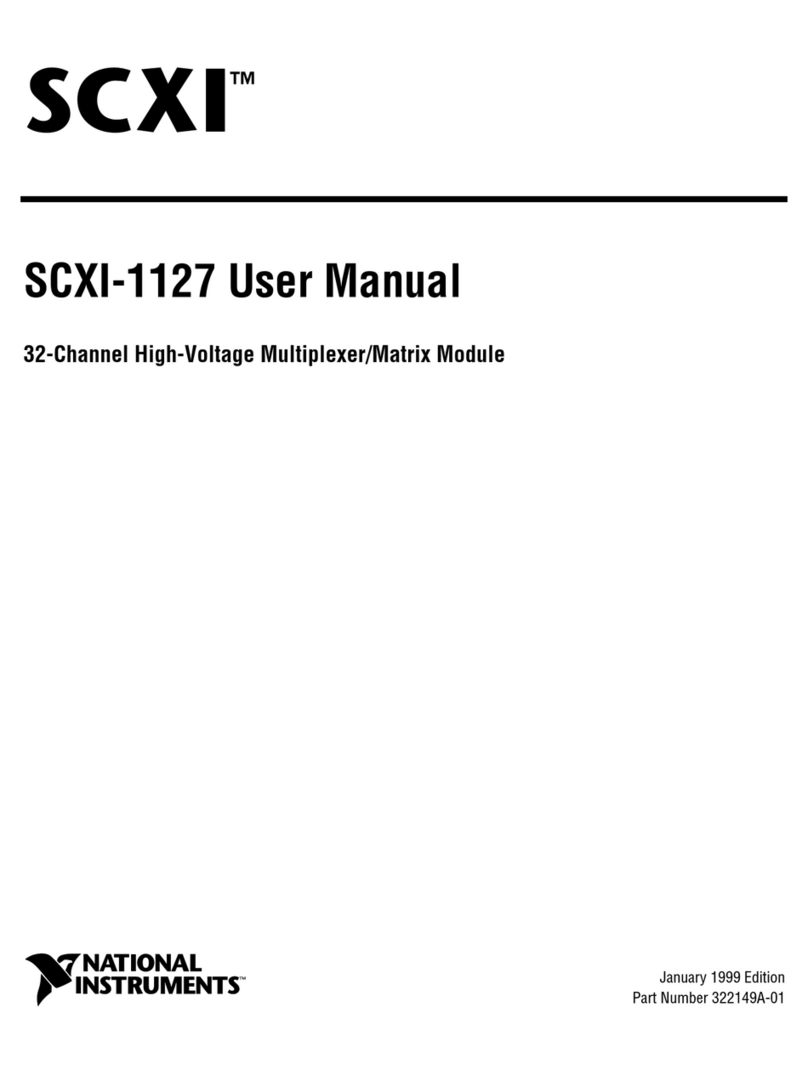
NI
NI SCXI-1127 user manual
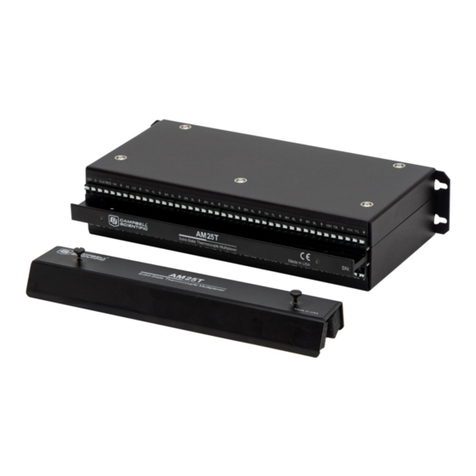
Campbell
Campbell AM25T product manual
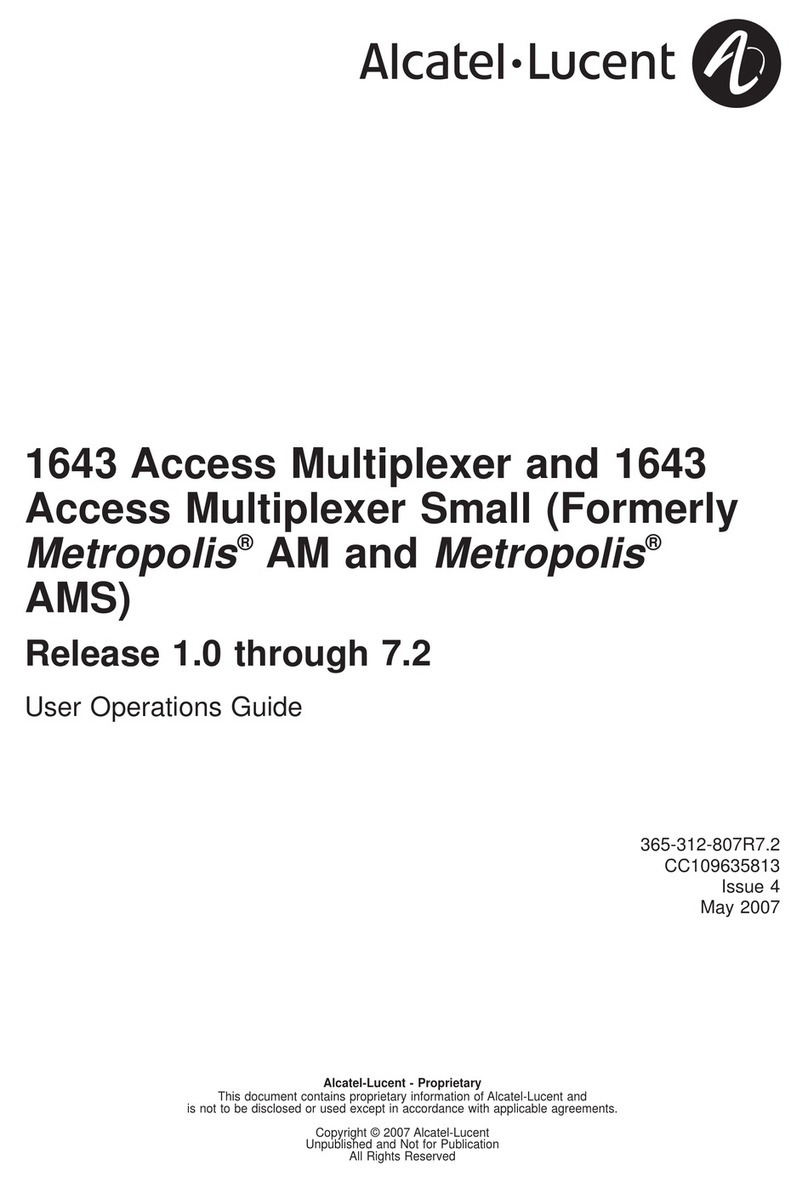
Alcatel-Lucent
Alcatel-Lucent 1643 AMS User's operation guide
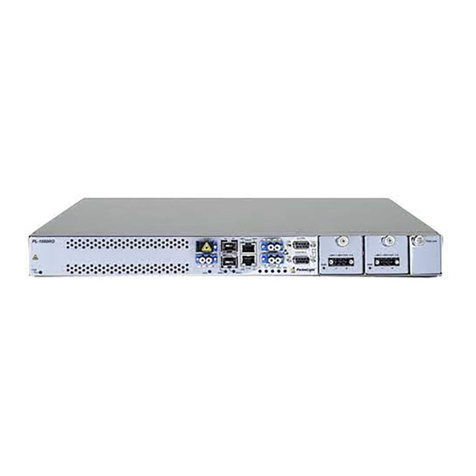
PacketLight Networks
PacketLight Networks PL-1000RO 3.3 Installation and configuration manual
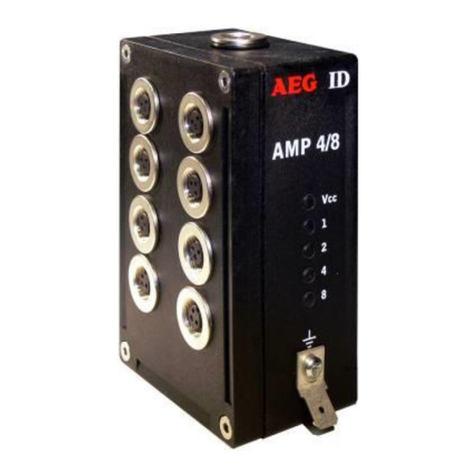
AEG
AEG AMP 4 installation guide
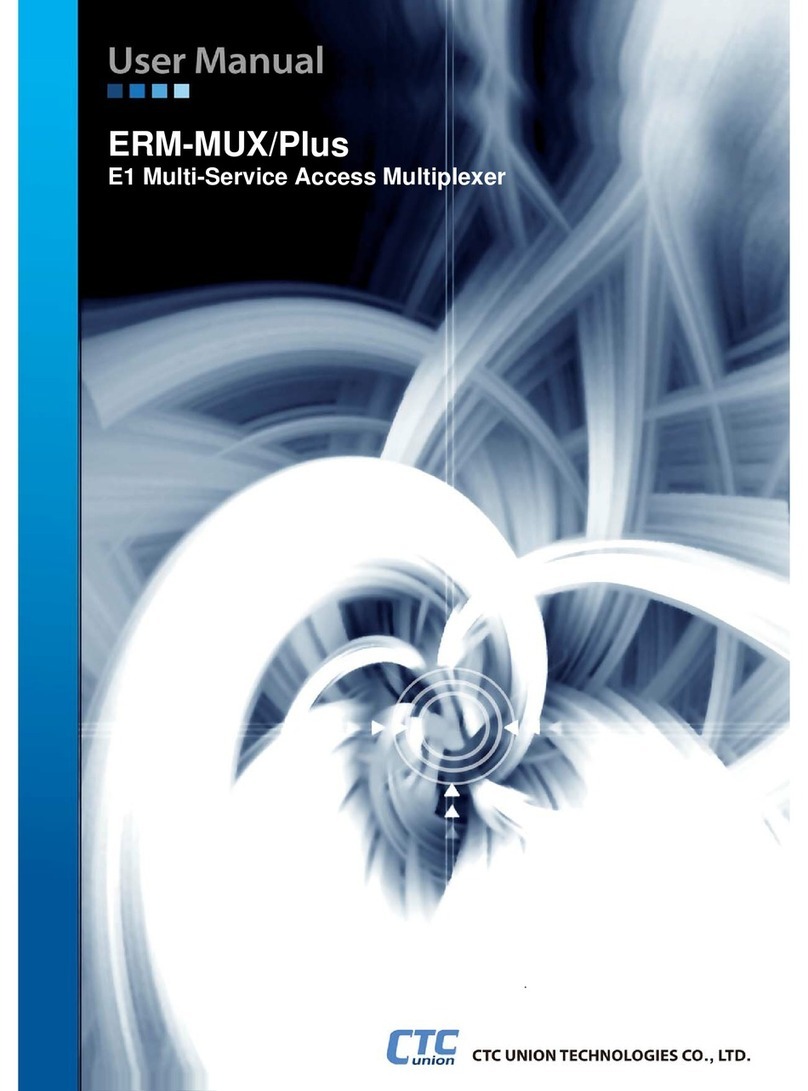
CTC Union
CTC Union ERM-MUX user manual
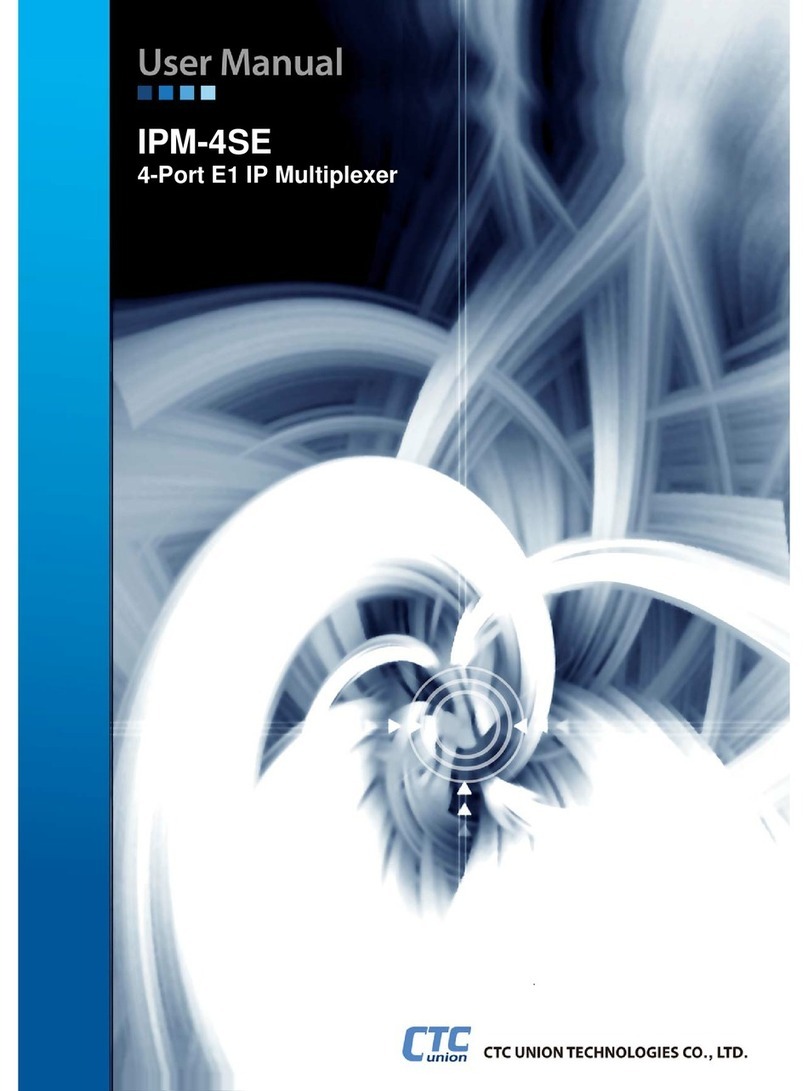
CTC Union
CTC Union IPM-4SE user manual
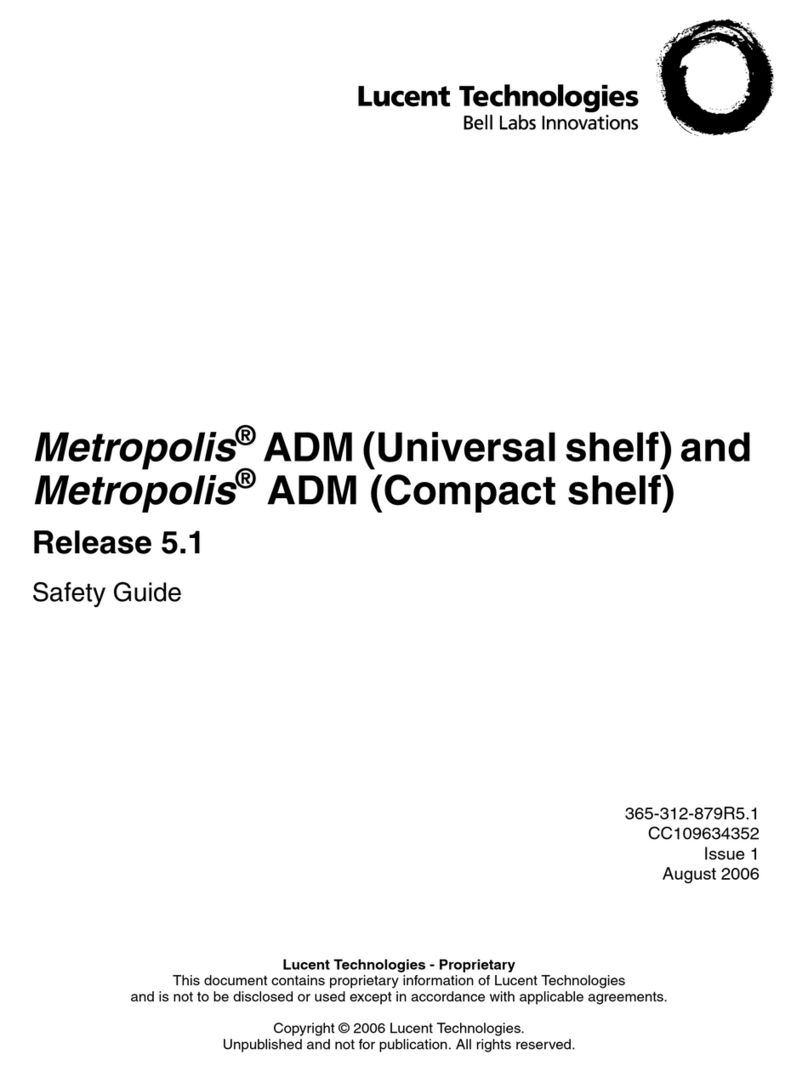
Lucent Technologies
Lucent Technologies Metropolis ADM Safety guide
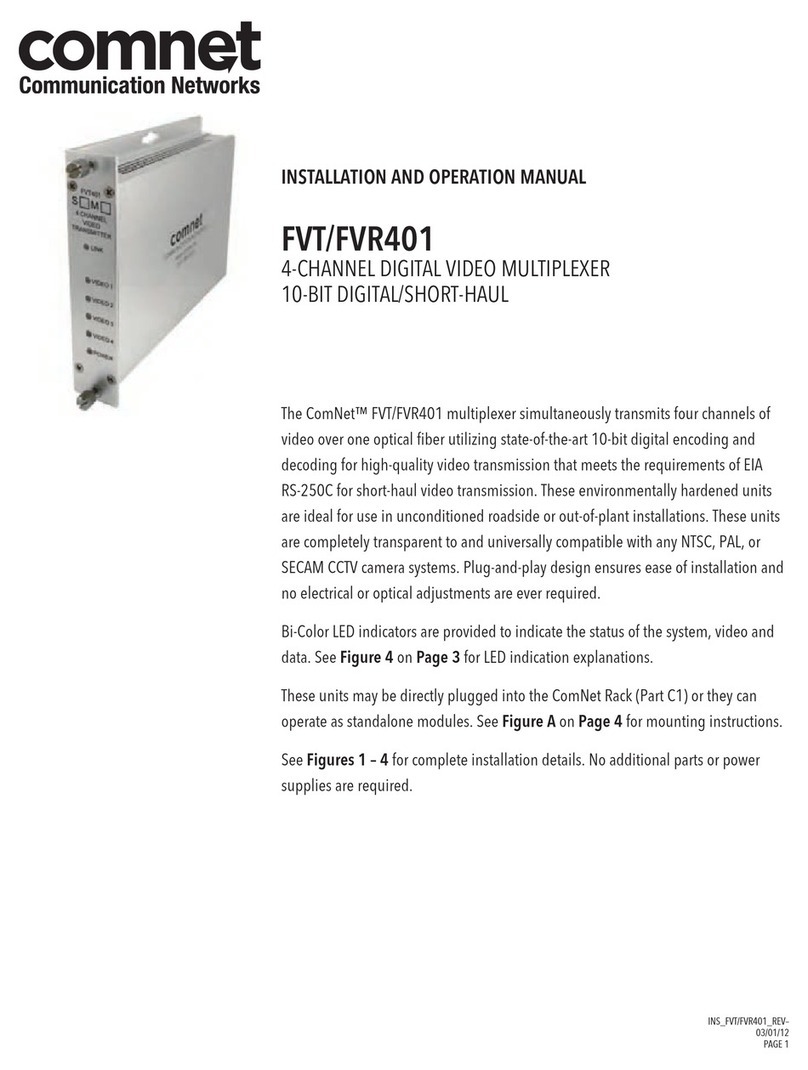
Comnet
Comnet FVR401 Installation and operation manual
